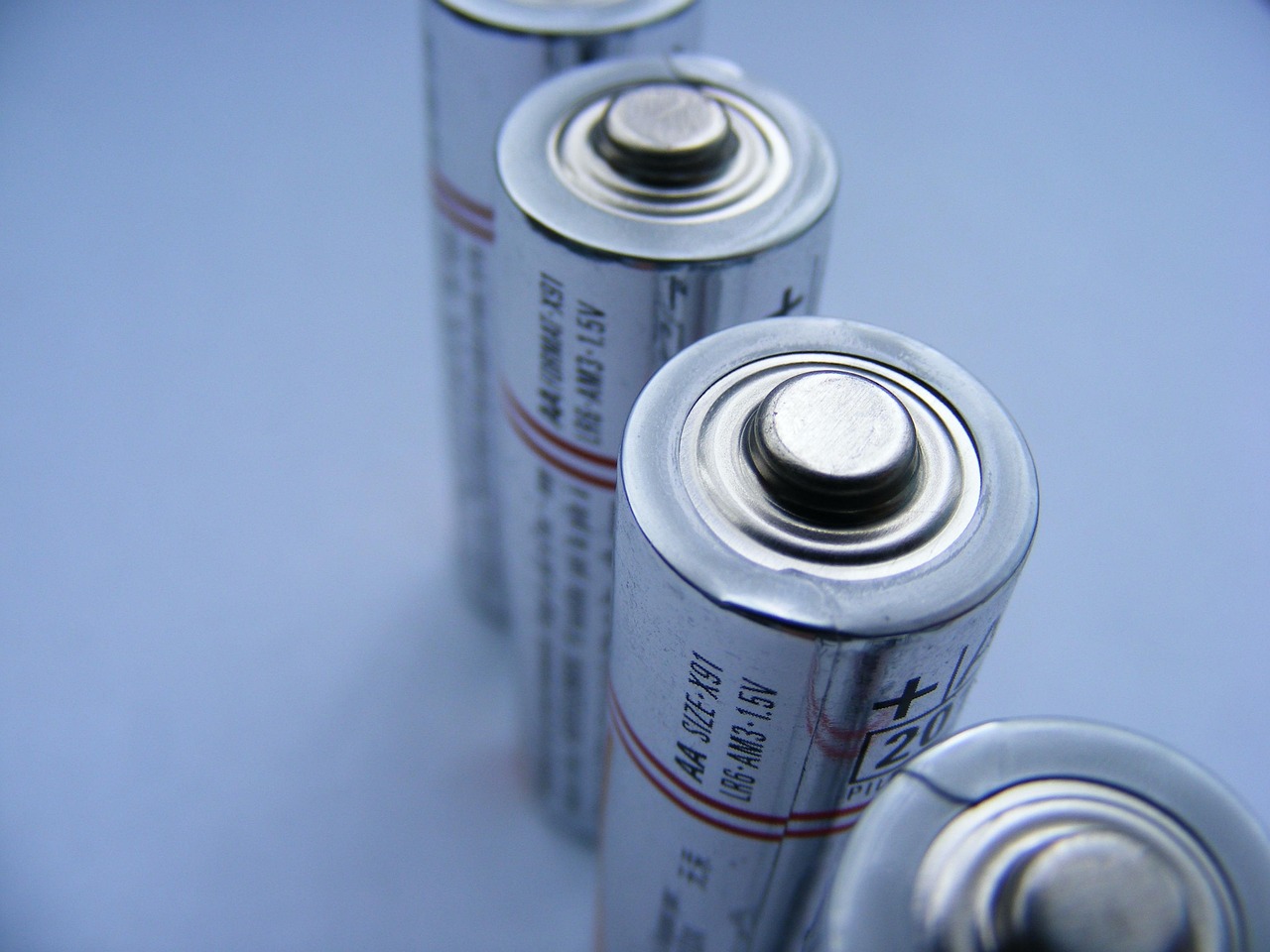In our increasingly industrialized and energy-conscious world, the efficient management of heat is critical to both environmental sustainability and operational productivity. One of the most vital tools in achieving efficient thermal management is the heat exchanger. Ubiquitous across industries and technologies—from automotive and power generation to HVAC and food processing—heat exchangers play a pivotal role in transferring thermal energy while maintaining fluid integrity.
This article delves into the fundamental purpose of heat exchangers, how they work, their various types, and their broad range of applications, ultimately highlighting why they are indispensable to modern engineering and environmental stewardship.
What is a Heat Exchanger?
A heat exchanger is a device designed to transfer heat between two or more fluids—which may be liquids, gases, or a combination—without allowing the fluids to mix. These fluids may be separated by a solid wall or be in direct contact in some specialized designs, but the key principle is that heat is transferred efficiently from one medium to another, while maintaining the separation of the fluids involved.
The core concept is simple yet powerful: allow one fluid to lose heat and another to gain it, without blending the two. This is achieved through conduction and convection processes across thermally conductive surfaces, such as metal plates or tubes.
Purpose of a Heat Exchanger
1. Thermal Energy Transfer
The primary function of a heat exchanger is the transfer of heat. Whether the goal is to heat up a cold fluid or cool down a hot fluid, heat exchangers do so efficiently and with minimal energy waste. This makes them crucial in systems that require precise thermal management.
For example, in a power plant, the steam generated from boiling water must be condensed back into liquid form to be reused. A heat exchanger facilitates this by transferring heat from the steam to a cooling fluid, often water or air.
2. Energy Conservation and Efficiency
Heat exchangers help optimize energy use by recovering waste heat. In many industrial processes, excess heat is a by-product. Instead of releasing this energy into the environment, heat exchangers can recapture it and use it to preheat incoming fluids. This not only reduces the energy demand of the system but also lowers operational costs and environmental impact.
In residential and commercial buildings, heat recovery ventilators (HRVs) and energy recovery ventilators (ERVs) use heat exchangers to transfer heat between incoming and outgoing airflows, thereby improving indoor air quality and reducing heating or cooling loads.
3. Supporting Industrial Processes
Many industrial operations require fluids to be at specific temperatures for chemical reactions, sterilization, or product consistency. Heat exchangers help maintain these conditions reliably. For instance, in the food processing industry, heat exchangers pasteurize milk by bringing it to a precise temperature for a specific period, killing harmful bacteria while preserving nutrients.
4. Environmental and Safety Regulation
Proper temperature control is not only efficient—it’s also essential for safety and regulatory compliance. Overheating in industrial equipment can lead to failures or hazards. By maintaining optimal operating temperatures, heat exchangers prevent breakdowns, fires, or dangerous pressure buildups.
In environmental systems like wastewater treatment plants, heat exchangers help manage temperatures to ensure biological processes function correctly, supporting sustainable waste management.
How Heat Exchangers Work
The mechanism of heat transfer in a heat exchanger is governed by the second law of thermodynamics, which states that heat flows naturally from a hotter to a cooler substance. Heat exchangers facilitate this transfer by providing a medium—usually metal surfaces like plates or tubes—where the temperature difference drives the flow of thermal energy.
There are several common flow configurations in heat exchangers:
Counterflow: Fluids move in opposite directions, maximizing the temperature gradient and thermal efficiency.
Parallel flow: Fluids move in the same direction. Simpler, but less efficient.
Crossflow: Fluids move perpendicular to each other. Common in air conditioning units and radiators.
Types of Heat Exchangers
There are several types of heat exchangers, each suited for specific applications:
1. Shell and Tube Heat Exchanger
One of the most widely used designs, this consists of a series of tubes inside a cylindrical shell. One fluid runs through the tubes, and another flows around them within the shell. It’s popular in oil refineries, power plants, and chemical processing due to its high durability and large surface area.
2. Plate Heat Exchanger
This design uses thin metal plates stacked together, with fluids flowing between alternate plates. It provides a large surface area for heat transfer in a compact footprint. It’s commonly used in HVAC systems, dairy processing, and breweries.
3. Air Cooled Heat Exchanger
Used when water is scarce or undesirable for cooling, this type uses ambient air to cool the working fluid. Common in automotive radiators and power plants in arid regions.
4. Double Pipe Heat Exchanger
A simple configuration where one pipe is placed inside another, and fluids flow in opposite directions. It’s often used for small-scale or pilot operations.
5. Regenerative Heat Exchanger
In this type, the same surface is used alternately by hot and cold fluids. Ideal for gas turbines and high-temperature applications where efficiency is paramount.
Applications of Heat Exchangers
Heat exchangers are integral to a vast number of systems and industries:
1. Automotive
In vehicles, heat exchangers such as radiators, oil coolers, and intercoolers regulate the engine’s temperature, prevent overheating, and improve performance and longevity.
2. Power Generation
Thermal power plants use heat exchangers to condense steam, preheat feedwater, and cool equipment. In nuclear reactors, they are essential for transferring heat from the reactor core to the steam turbines safely.
3. HVAC Systems
Heating, Ventilation, and Air Conditioning (HVAC) systems rely heavily on heat exchangers to heat or cool air, transfer energy between airflows, and dehumidify spaces efficiently.
4. Chemical Processing
Chemical plants use heat exchangers to maintain temperatures needed for reactions, condensation, or distillation processes. Precision and durability are critical in such environments.
5. Food and Beverage Industry
Here, heat exchangers help in processes like pasteurization, sterilization, and temperature control for fermentation and packaging. They ensure safety without compromising taste or quality.
6. Marine Applications
Ships use heat exchangers to cool engine components and maintain comfortable conditions for passengers and crew while operating in isolated environments.
Advantages of Using Heat Exchangers
Energy Efficiency: Minimize energy waste by recycling heat.
Cost Savings: Reduce energy bills and fuel usage.
Environmental Benefits: Lower carbon emissions by improving energy use.
System Longevity: Prevent overheating and mechanical wear.
Scalability: Available in designs for both large-scale industrial use and compact residential systems.
Challenges and Considerations
Despite their advantages, heat exchangers also present some challenges:
Fouling: Build-up of scale, rust, or biological material can reduce efficiency.
Maintenance: Regular inspection and cleaning are necessary.
Material Compatibility: Choosing the right materials to avoid corrosion and withstand pressure is essential.
Thermal Stress: Repeated heating and cooling can fatigue materials over time.
Engineers must consider these factors when designing or selecting a heat exchanger for a specific application.
Conclusion
Heat exchangers are silent workhorses of modern technology and infrastructure. From enhancing energy efficiency and enabling safe industrial processes to contributing to climate control and environmental conservation, they are indispensable components in our daily lives.
Understanding the purpose and applications of heat exchangers not only underscores their value but also encourages innovations aimed at optimizing their performance. As global energy demands rise and sustainability becomes increasingly important, the role of heat exchangers will continue to grow—both in scope and significance.
















